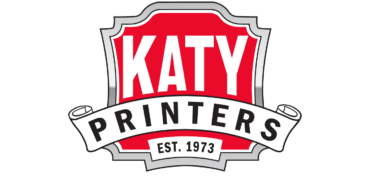Folding – Thin papers can be folded without prior preparation. Thick papers or gloss papers should be scored before folding to help control the placement of the fold and minimize cracking/wrinkling when folding.
GBC® – Slotted holes punched along the edge of a book, bound by a spine with fingers which curl through the slots back to the spine. GBC® bound books lay flat when open and the pages are aligned. Pages can be added and subtracted to finished GBC® bound books without replacing the spines (provided a different size spine is not required).
Numbering – Sequential numbering can be added during laser printing by merging numerical data with the art file or it can be added after printing (laser or offset) using a numbering machine. On multiple part carbonless forms, use of a numbering machine allows the number to transfer through to all copies.
Perforation – A series of small, short slits which allow a part of a sheet to be removed without cutting.
Plasticoil – Round holes punched along the edge of a book, bound by a plastic spiral which is crimped at each end. Plasticoil books lay flat when open but the pages are not aligned across the binding because of the spiral binding. Pages can be added and subtracted to plasticoil bound books, but the plasticoils have to be replaced when doing so.
Regular cover – Used for binding forms. Sheets or carbonless sets with a perforated stub are stapled on the stub with a tagboard cover on front and chipboard back. For carbonless forms, an additional thick piece of stock will have to be inserted behind the carbonless set being written upon to keep the image from transferring to the next set below. (See also Wrap Cover)
Saddle Stitch – Booklets are printed by printing two pages (four if both sides are counted) on one sheet, collating, folding, stapling through the fold and trimming the open right side (face).
Score – A straight-line indentation which allows a sheet to be folded, minimizing cracking and allowing more accurate placement of the fold.
Wrap cover – Used for binding forms. Sheets or carbonless sets with a perforated stub are stapled on the stub with a single piece of tagboard long enough to wrap from the stub on the front, over the top, down the back, around bottom and back up to the stub, allowing the cover to be used to separate the carbonless set in use from the sets below. A piece of chipboard is stapled on the back within the wrap cover to render the book more rigid. (See also Regular Cover)
